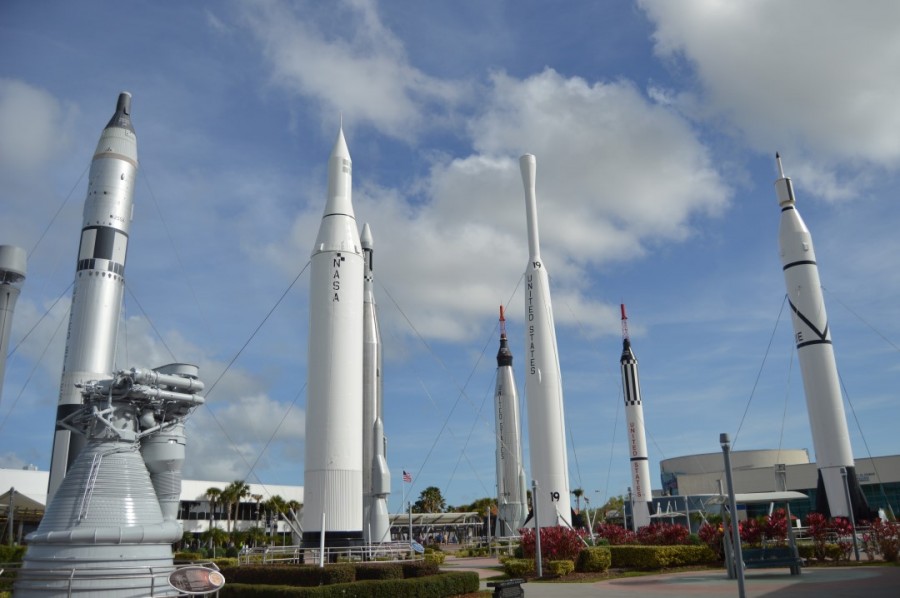New Scientific Discoveries
NASA has been receiving a lot of attention in the news lately, including events like the New Horizons Pluto mission and the evidence of water found on Mars.
New Horizons, a spacecraft launched in early 2006, finally reached Pluto in the summer of 2015. This resulted in the release of the first ever high-quality colored photos of the dwarf planet.
The space probe is included as one of the many parts of the New Frontiers program. This program schedules missions to explore and research planets that are further out in our solar system.
As a more recent event, NASA has discovered water on Mars. Technically, it was not liquid water in a pure form. It was simply hydrated salts- meaning that the salt had been saturated with water. These hydrated salts formed streaks on the surface in the dust. Multiple streaks have been discovered in various locations.
NASA has not confirmed and does not know where the water is coming from. There are multiple theories at hand, including that there may be water in the atmosphere condensing onto these salts, or that there are streams underground leaking water onto the surface.
Mr Camp, a chemistry teacher, gave his opinion on the water discovered.
“This is very exciting news! For many years, we have known about water on Mars due to the ice at the poles. Ice at the poles could be used, but the temperatures at the poles would be very cold. Water near the equator is much more exciting. The atmosphere is mainly carbon dioxide. With water, plants could be grown and over many years could produce Oxygen in the atmosphere,” he said.
Mr. Camp believes that it would be beneficial to send a manned mission to Mars.
However, he said, “The trip would take months with current technology and is not yet possible… We need to develop a warp drive to get there faster”.
Sources:
https://www.nasa.gov/press-release/nasa-confirms-evidence-that-liquid-water-flows-on-today-s-mars/














